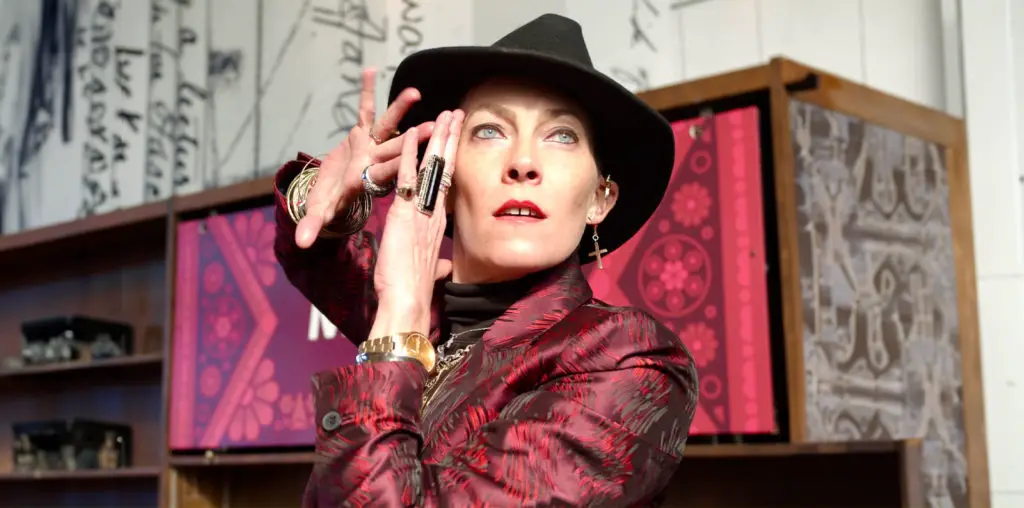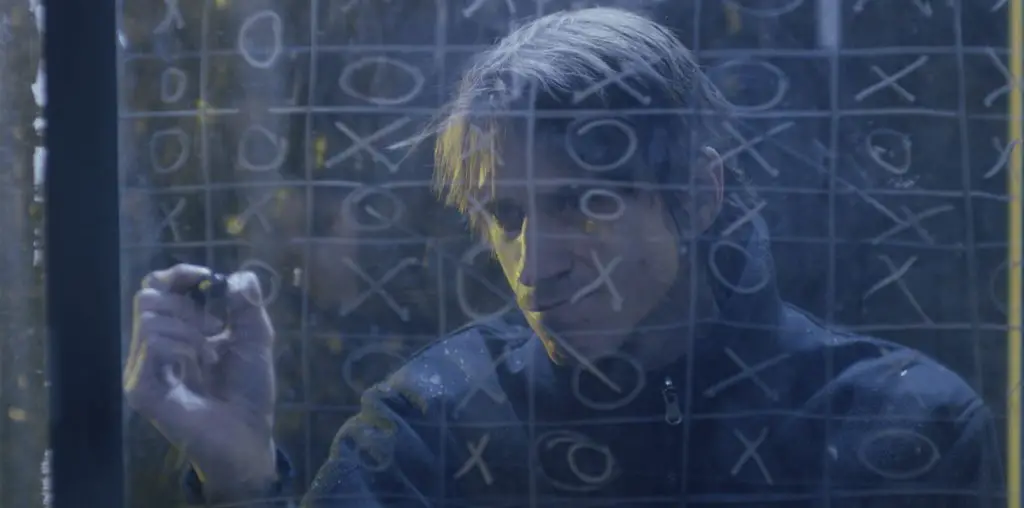
If you’ve seen “Apocalypse Now” at least once in the 27 years since its theatrical release, you likely either love the film or you hate it. Nearly three decades is enough time for a movie to sink in and let people figure out how they feel about it. If you haven’t seen it yet, I recommend renting both the theatrical and “Redux” versions and then coming back to join us for the rest of this discussion.
Okay, now that we’re all on the same page, I’ll skip the plot recitation that you can easily find in a million places on the Internet. Loosely based on Joseph Conrad’s novel “Heart of Darkness,” was hell for Coppola to make, features a lot of surreal moments that serve for many people as metaphors for the Vietnam War itself, yadda, yadda, yadda. Even casual film viewers know the basics.
Moving on to this “Complete Dossier” two-DVD release from Paramount, it’s time to retire the bare-bones single disc versions of both films, unless you really need them for the theatrical trailers or the Coppola commentary over the Kurtz compound destruction. I can never understand why studios sometimes drop things like theatrical trailers when they set out to create what are supposed to be definitive DVD releases, but rest assured that this is a jam-packed set, otherwise.
Both versions of the film are presented here, each one spread across both platters. As a result, the supplements are also split between the two discs. First up are audio commentaries for both versions by Coppola. Of course, he didn’t sit down and watch the film twice: he watched “Redux” and then his commentary was edited down to fit the theatrical version. As with his “Godfather” commentaries, he offers a wealth of information about the film, reminiscing about how certain scenes were shot, explaining the many challenges he faced, and so forth. Whenever I listen to one of his commentaries, I can’t help but feel like Coppola is an avuncular grandpa sitting down with me and having an in-depth chat about his life in the movie biz. I always enjoy it.
Note, however, that the introductions to both commentaries are different. Each DVD offers a choice between the theatrical and “Redux” versions when you slide it into the player. While both paths lead to the same supplements, sans differences in the commentaries, the video clips that lead off the commentary tracks take different views. As you might expect, the one for the theatrical version focuses on Coppola’s difficulties making the film and his subsequent triumph at Cannes, while the “Redux” introduction approaches the movie from the point-of-view that it was a success, but maybe he cut too much from it originally. Each one also offers different behind-the-scenes photos.
If you want to know which footage in “Redux” is new while watching that version of the film, there’s a marker you can activate.
Moving on, disc one also offers a slew of deleted scenes, starting with nearly 17 minutes of Brando reading T.S. Eliot’s poem “The Hollow Men” over both footage cut from the movie and stuff that was shot behind the scenes. “Monkey Sampan” gives us a creepy moment as Willard’s crew comes across a boat full of monkeys, along with a disgusting reveal on the other side of its mast. While it certainly would have increased the sense of foreboding as the boat chugged down the river, I think the film does a good enough job of that without those three minutes.
We also get a dozen more sequences that total 26 minutes. Their names give you a sense of what they offer: “Saigon Streetlife,” “Military Intelligence Escorts,” “Intelligence Briefing (Extension 1),” “Intelligence Briefing (Extension 2),” “Willard Meets the PBR Crew,” “Letter From Mrs. Kurtz,” “Booby Trap,” “Do Lung Bridge ‘…That Road is Open,’” “The Photojournalist,” “Colby,” “The Tiger Cages,” and “Special Forces Knife.” They’re in worse shape than the other deleted scenes (they were clearly discarded early on; they still have time codes on them, and the audio hasn’t been cleaned up), but they’re still interesting. Again, you can see how they would have reinforced certain themes in the film, but they would have also amounted to beating the viewer over the head with those ideas, since they’re adequately covered in other scenes.
“The A/V Club” rounds out disc one. It consists of two micro-featurettes as well as two text pieces. “The Birth of 5.1 Sound” is nearly six minutes, and it explains how the film’s sound presentation came about, as well as the evolution of movie theater sound from the early days of single speakers to today’s booming audio systems. “Ghost Helicopter Flyover” runs almost four minutes and explains how Walter Murch designed the film’s audio effects, focusing in particular on the opening sequence.
“The Synthesizer Soundtrack” is a text piece that covers the film’s music, while a technical FAQ covers such topics as “Was the film shot in 70mm?” and “Was there a five-and-a-half-hour version?”
Moving on to disc two, the bonus features lead off with the 51-minute “The Post-Production of ‘Apocalypse Now,’” which encompasses four featurettes: “A Million Feet of Film: The Editing of ‘Apocalypse Now,’” “The Music of ‘Apocalypse Now,’” “The Sound Design of ‘Apocalypse Now,’” and “The Final Mix.” Each of them covers a different aspect of the daunting three-year post-production period for the film, complete with present-day thoughts from Murch, Coppola, supervising editor Richard Marks, narration writer Michael Herr, synthesist and re-recording mixer Richard Beggs, and others.
Movies typically come together in the editing room, and in this case, “Apocalypse Now” came together during the entire post-production process, from creating the music and sound effects to writing narration to assembling the final edit. The decision to revisit the movie for “Redux” is also addressed. Fans of the film will eat this stuff up.
Next, “PBR Streetgang” offers up interviews with Martin Sheen, Laurence Fishburne, Sam Bottoms, Albert Hall, and Frederic Forrest. They were shot before “Apocalypse Now Redux” premiered in 2001, and they’re accompanied by archival behind-the-scenes footage. It’s only four minutes, but it shows us how Coppola set out to create camaraderie among the crew of the PBR.
“Apocalypse Then and Now” is another four-minute piece that features footage from the 2001 Cannes Film Festival, where Roger Ebert interviewed Coppola, as well as behind-the-scenes comments from Murch and Coppola as they worked on “Redux” in 2000. Finally, “The Color Palette of ‘Apocalypse Now’” gives us thoughts from Coppola, a Technicolor representative, and cinematographer Vittorio Storaro as they discuss the color restoration that was also part of creating “Redux.”
Long-time fans of the film are likely disappointed that the fabled 1991 documentary “Hearts of Darkness” isn’t in this set. I’ve never seen it, but it’s supposed to be amazing. At 96 minutes, it could have occupied a third disc, making this truly “The Complete Dossier.”

